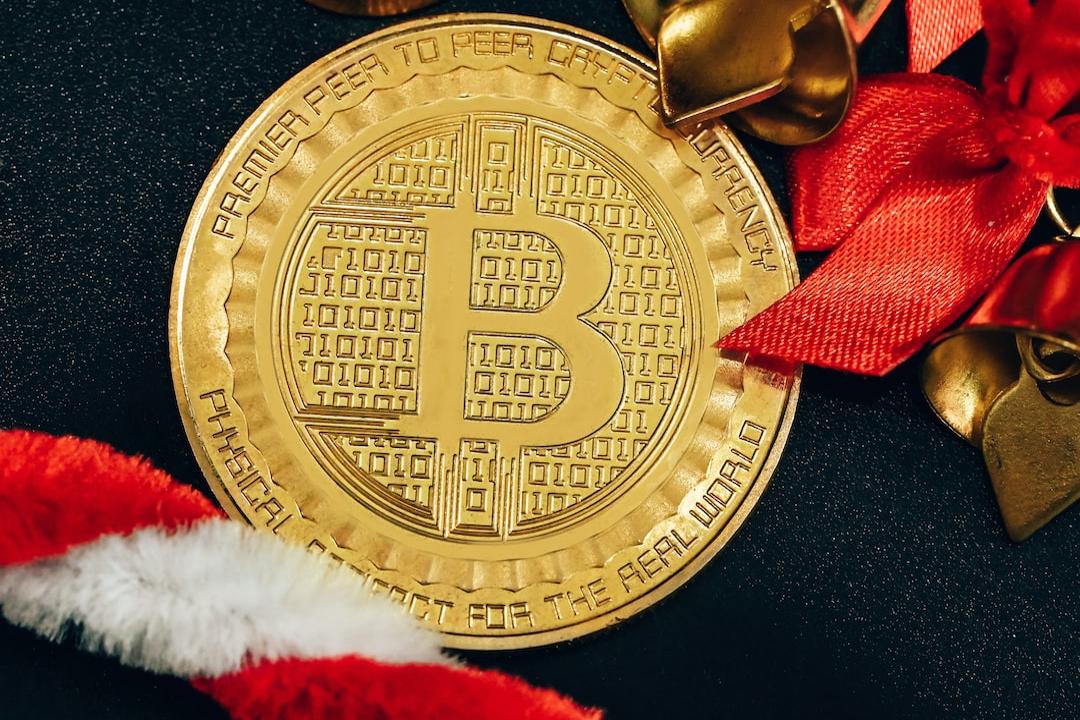TON ecosystem has a new asset issuance model: low-cost, high-frequency off-chain traffic issuing on-chain assets. This model has been developed by NOT and has attracted major projects to enter the TON ecosystem like sharks smelling blood. This information comes from the Twitter of the crypto KOL, Bitfools.
The previous cycle did not see any Dapp products go viral, and all of them failed to do so. Additionally, the traffic support of Tg for Ton has been leaning, making the Ton ecosystem the only product that can attract attention.
A new asset issuance model has emerged for Ton: the off-chain high-frequency low-cost traffic issuing on-chain assets model. This model has never appeared before, nor has it been implemented until NOT made it possible.
Consider this equation:
TG’s single user cost / conversion rate < Ton chain's asset valuation * 2 / number of users
As long as this condition is met, major project parties rush into the Ton ecosystem like sharks smelling blood. Moreover, the development cost of mini-programs within TG is almost zero.
Looking at NOT's data:
Notcoin's Holder is 2.5M, FDV is 1.57B. The ARPU value per user is $630. With an alleged 30 million users and 5 million daily active users, the conversion rate is 10%. As long as the internal customer acquisition cost of TG is less than $63, money can be made. Currently, a large number of studios are entering TG's mini-games, with almost zero customer acquisition costs.
NOT has revealed a new asset issuance method that is very lucrative to all developers.
But NOT is unaware of the data on the exchange. How many users can be converted into exchange users? This determines the interest of exchanges to continue listing. Friends who know are welcome to discuss in the comments section.
In conclusion, the intense fragmentation of this new issuance method and the emergence of new targets are foreseeable. There have already been 4-5 waves of people around the author who are going to TON for development, which is a signal. However, the author believes that the sustainability of this method is questionable, and the inflection points of exchange traffic marginal effects and retail acceptance are coming soon. Essentially, this web2 traffic-catalyzed asset issuance is difficult to challenge the massive ETH system of native cryptocurrencies.


